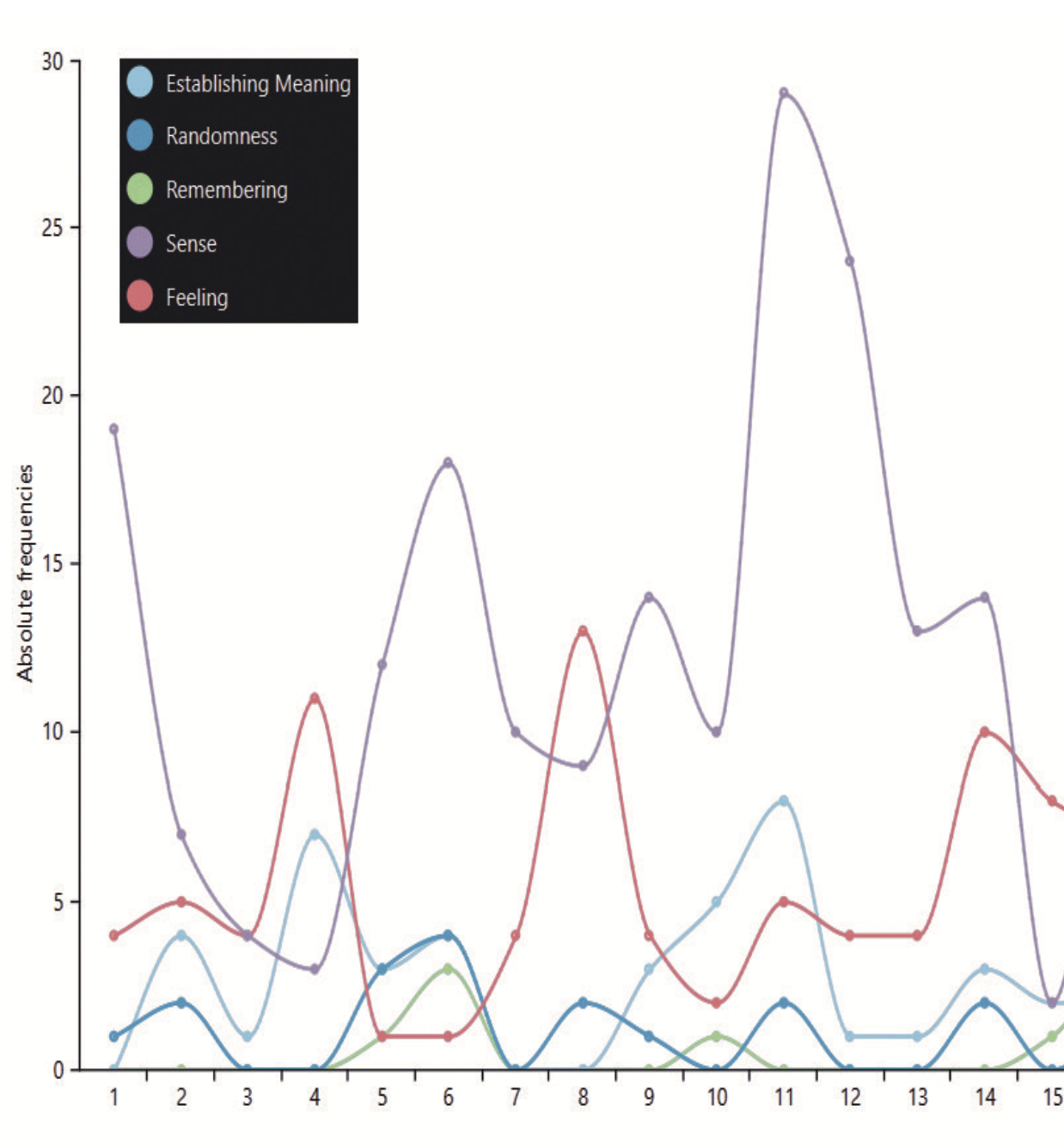Anatomy of Experience
A Perspective through the Body-Space Interaction
Abstract
Today, the transformation of economy and politics into fundamental factors shaping social life, and the integration of technological advancements and the effects of globalization into every aspect of life, have made modern living a highly fragmented process. The hypothesis of the research is the fact that the disappearance of experience and the highly fragmented process in question tend to increase with digitalization. In this sense, the aim of the study is to deeply understand the concept of experience and discuss its disappearance through digitalization, which is effective today. The analysis was made in the context of the body-space relationship. Two main research questions are posed: “What are the values that constitute experience?”, “Can the disappearance of experience be analyzed in the context of the body-space relationship in the digitalizing world?” Initially, the components of experience were analyzed based on written data obtained from 29 students who took the “Body, Space, Experience” class at university. Five main components that make up the experience have been discovered: Establishing meaning, randomness, remembering, sense and feeling. Then, these discovered components were evaluated in the context of the evolving notions of body and space with digitalization. It was concluded that digitalization has the potential to expand how we interact the world, but it also poses a risk of altering the very essence of what it means to experience.
Downloads

Downloads
Published
How to Cite
Issue
Section
License
Copyright (c) 2025 Gamze Şensoy Torun, Osman Tutal

This work is licensed under a Creative Commons Attribution 4.0 International License.
The authors keep their rights upon their work, although they transfer, in a non-exclusive way, the rights of exploitation (reproduction, publication, distribution, public dissemination and presentation) to the Journal. The authors are, therefore, free to enter additional, separate contracts for the non-exclusive distribution of the version of the work published in the Journal (for instance, by hosting in an institutional repository or publication in a book), provided credit is given that the work was initially published in this journal. The works are published under a Creative Commons Attribution 4.0 (CC BY 4.0) license.











